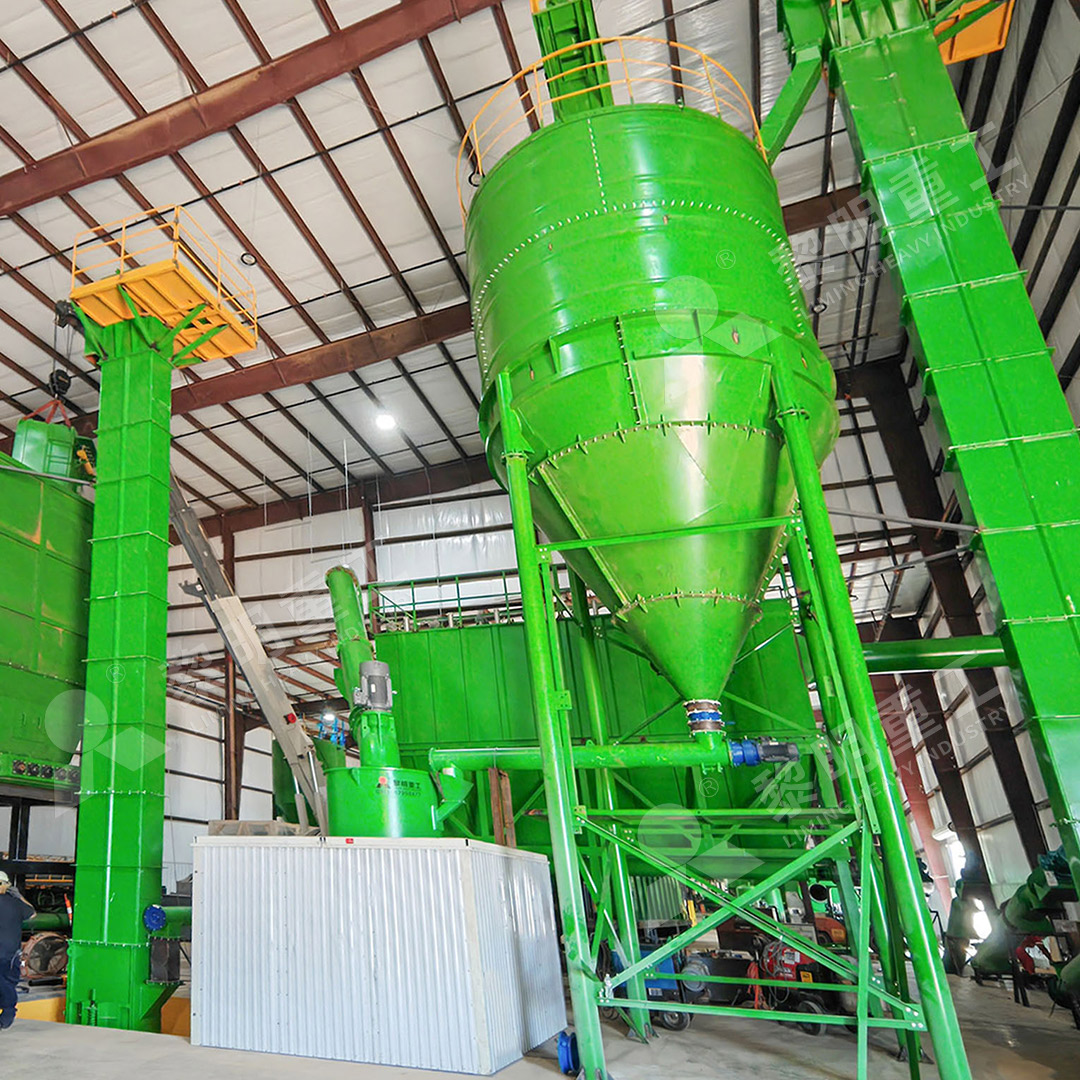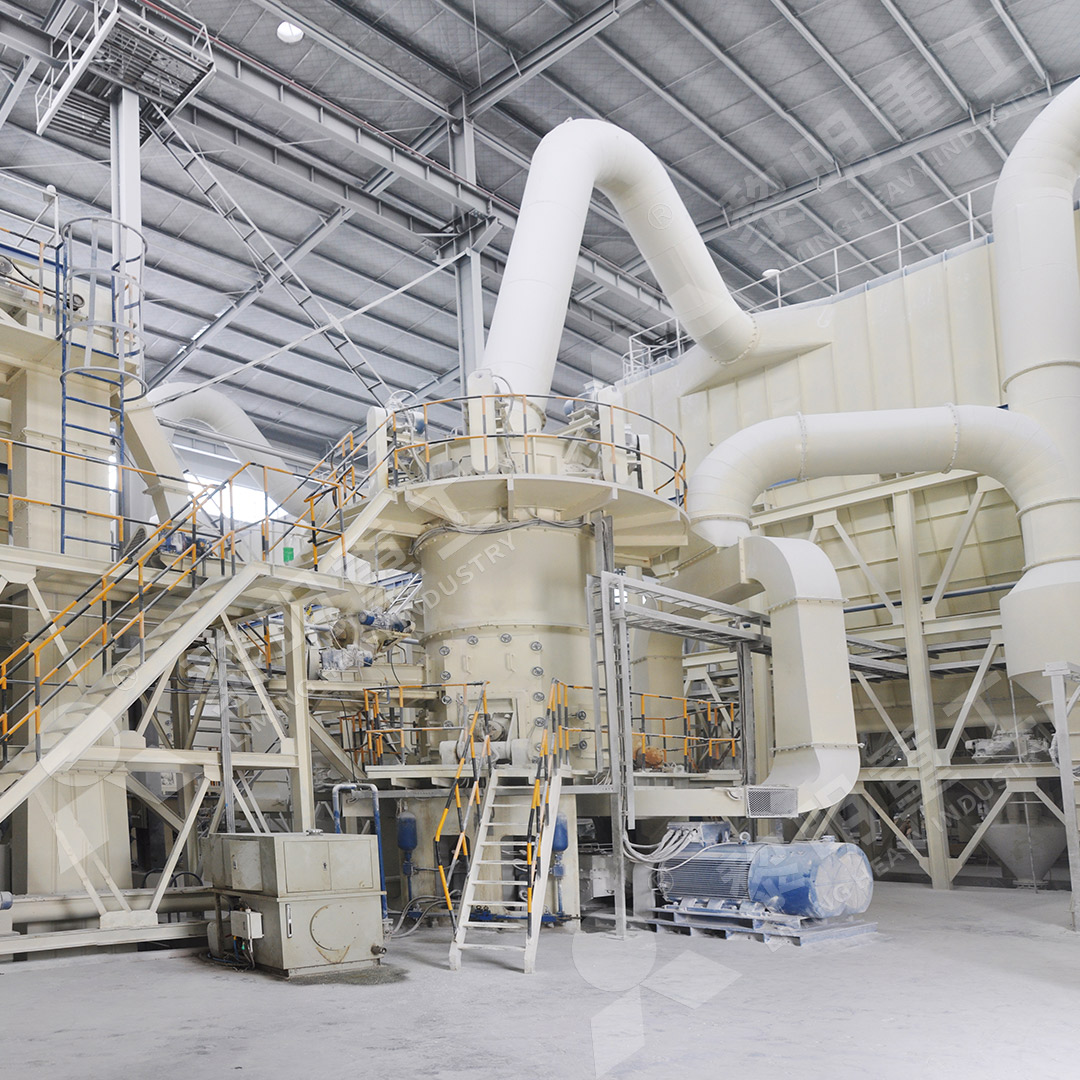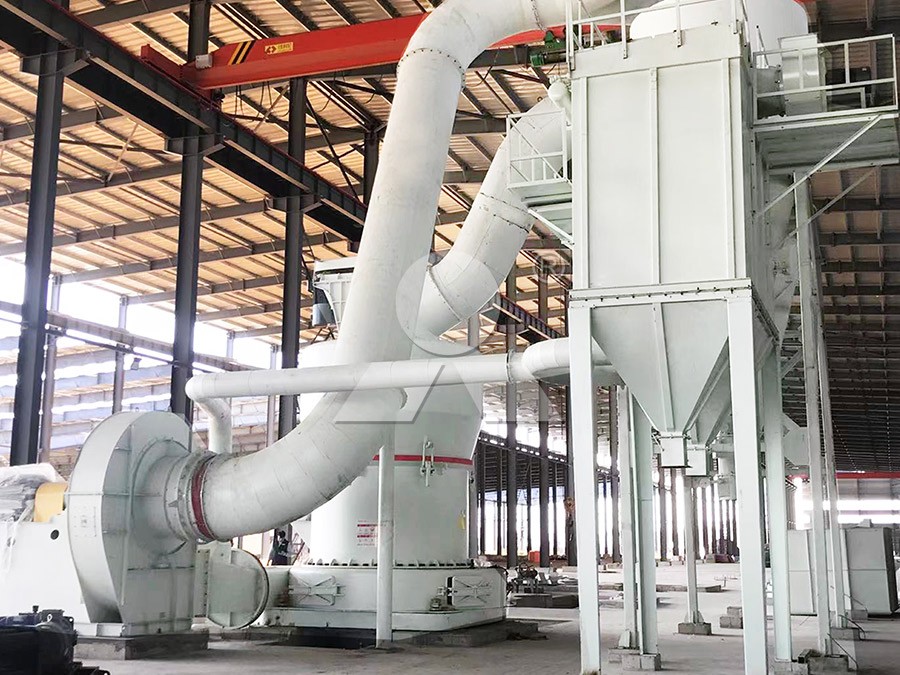How Much Does High Purity Quartz Sand Grinding Machinery Cost?
How Much Does High Purity Quartz Sand Grinding Machinery Cost?
When investing in grinding equipment for high-purity quartz sand production, understanding the cost factors becomes crucial for making an informed decision. The price range for such machinery varies significantly based on capacity, fineness requirements, and technological features.
High-purity quartz sand demands precise grinding to maintain its chemical purity and achieve the desired particle size distribution. Contamination from grinding media or inefficient separation can compromise the final product’s quality. Therefore, selecting the right equipment involves balancing initial investment with long-term operational efficiency.

Key Cost Factors
Several elements influence the final price of quartz sand grinding machinery:
- Capacity Requirements: Throughput needs ranging from small-scale (0.5 tph) to large production lines (340 tph) dramatically affect pricing
- Fineness Specifications
- Technology Level: Advanced features like German powder separating technology, automated controls, and eco-friendly systems increase costs but improve efficiency
- Material Compatibility: Specific engineering for non-metallic minerals like quartz may require specialized components
- After-Sales Support: Comprehensive service packages and spare parts availability impact total cost of ownership
Recommended Solutions for Quartz Sand Processing
For operations requiring ultra-fine quartz powder with strict purity standards, the MW Ultrafine Grinding Mill presents an optimal solution. This machine processes materials with input sizes up to 20mm and offers capacities from 0.5 to 25 tph. Its innovative design eliminates rolling bearings and screws in the grinding chamber, preventing metallic contamination – a critical consideration for high-purity quartz applications.
The MW series achieves adjustable fineness between 325-2500 meshes with precision German cage-type powder selector technology. For quartz sand producers, this means consistent particle size distribution and the ability to meet diverse market specifications with a single machine.

Another excellent option is the LUM Ultrafine Vertical Grinding Mill, which combines Taiwanese grinding roller technology with German powder separation. With an input size of 0-10mm and capacity of 5-18 tph, this vertical mill design reduces iron contamination through its unique grinding curve and reversible structure for easier maintenance.
Beyond the Sticker Price: Total Cost of Ownership
Smart buyers look beyond the initial equipment price to consider operational expenses. Energy consumption represents a significant portion of long-term costs. Advanced mills like the MW series consume 30-40% less power than conventional grinding systems while delivering 40% higher production capacity.
Maintenance costs also vary substantially between technologies. Equipment with external lubrication systems, like the MW Ultrafine Grinding Mill, enables maintenance without shutdowns, reducing downtime losses. Similarly, the LUM series’ reversible structure allows quick roller replacement, minimizing production interruptions.
Budgeting for Quality and Performance
Entry-level grinding systems for quartz sand might start in the tens of thousands of dollars for basic configurations, while high-capacity, technologically advanced systems can reach several hundred thousand dollars. The investment should align with production targets, quality requirements, and expansion plans.

Many manufacturers offer customized solutions where you pay primarily for the capacity and features you need. Discussing your specific quartz sand requirements with technical experts can help identify the most cost-effective configuration without compromising on essential performance characteristics.
Frequently Asked Questions
What is the typical price range for quartz sand grinding equipment?
Prices vary widely from $50,000 for basic systems to over $500,000 for high-capacity, technologically advanced mills with full automation and environmental controls. The MW Ultrafine Grinding Mill typically falls in the mid-to-upper range, reflecting its advanced features and purity preservation capabilities.
How does equipment selection impact final product quality?
Critical for high-purity quartz, equipment like the MW series prevents metallic contamination through bearing-free grinding chambers and offers precise particle size control through advanced separators, directly affecting product value and marketability.
What hidden costs should I consider?
Beyond the machine price, factor in installation, energy consumption (advanced mills can reduce this by 30-50%), maintenance frequency, spare parts availability, and potential production losses during downtime. Our mills are designed to minimize these through features like external lubrication and reversible structures.
How long until ROI on this equipment?
Most operations see returns within 12-24 months through increased production efficiency, lower energy costs, reduced maintenance, and higher-value end products, particularly when processing premium materials like high-purity quartz sand.
